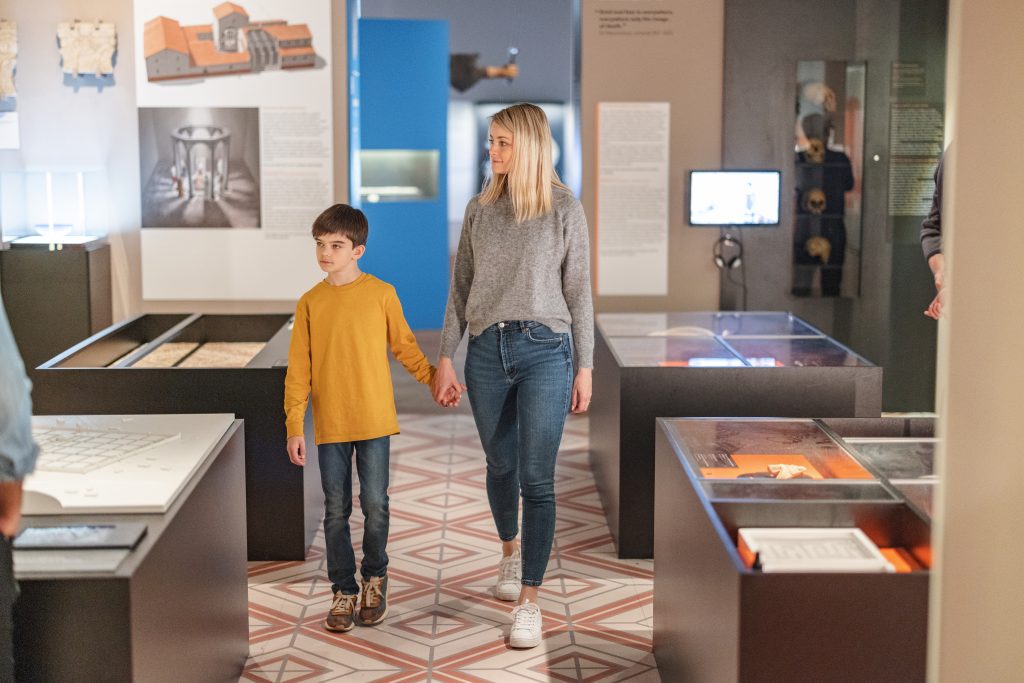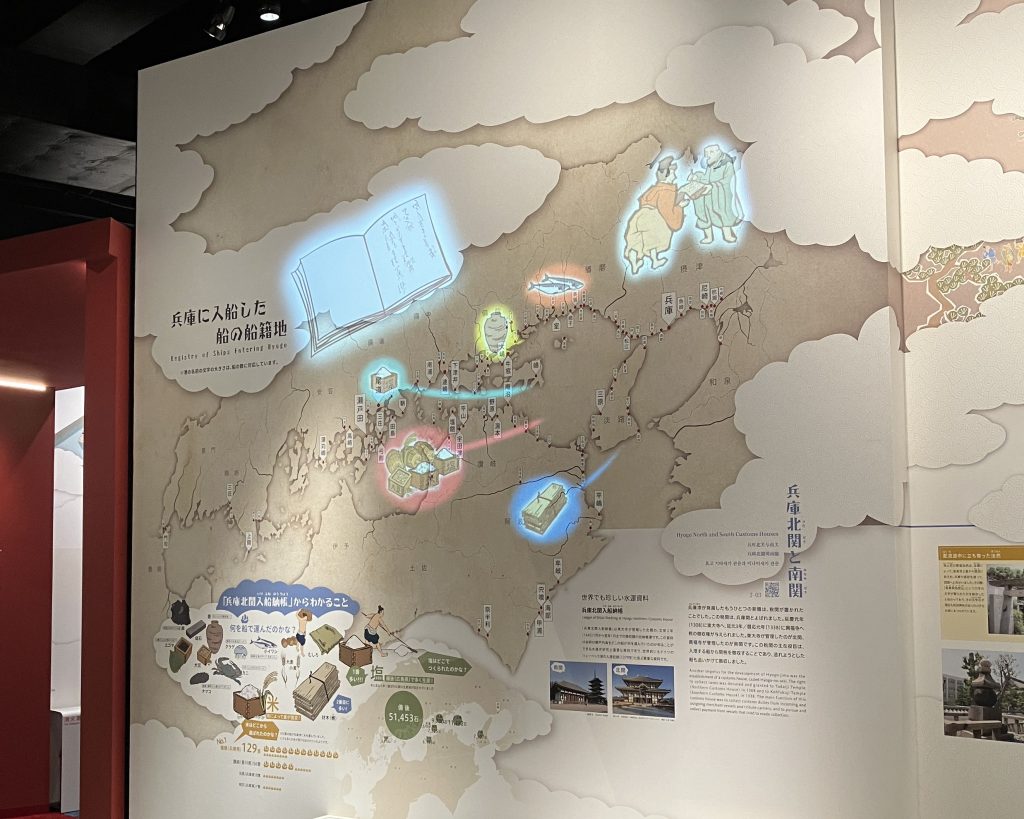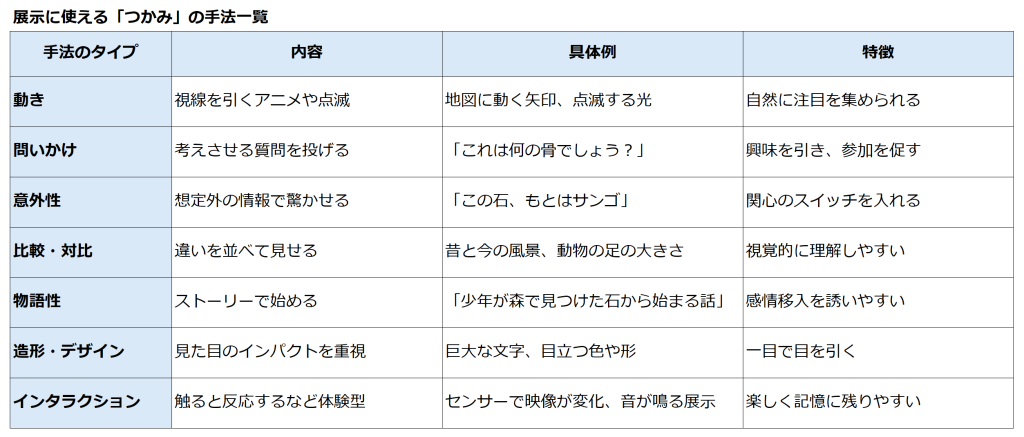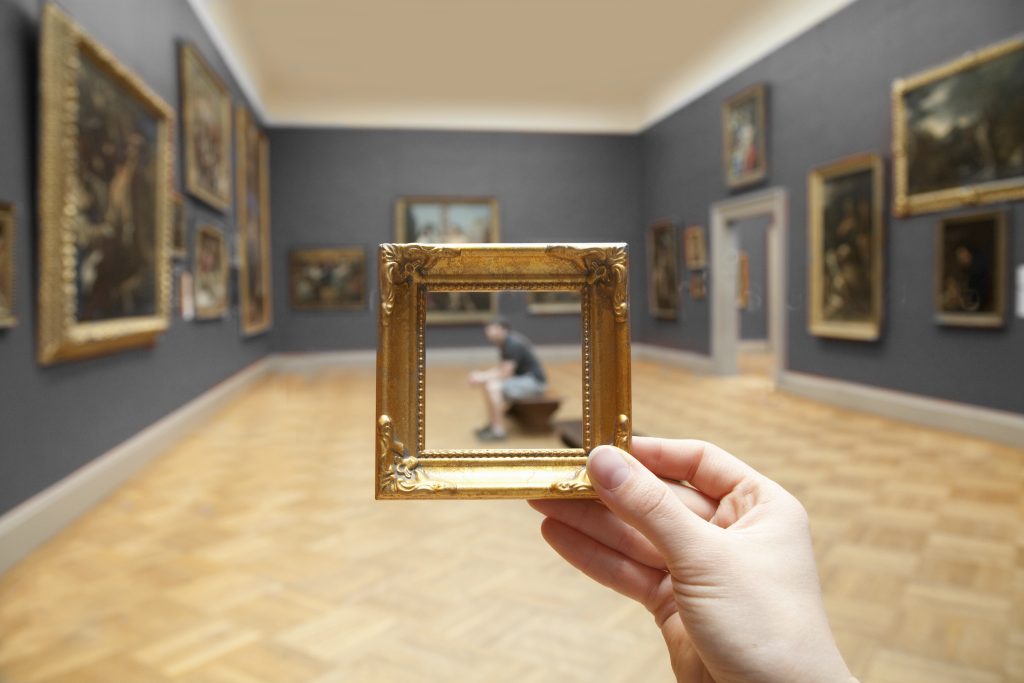
From here on, you will be linked to Nomura Co., Ltd. 's partner page. You can apply from the list of available positions at the link. (Please note that CIC may not always be recruiting.)

CIC NOTE
2025. 05-09
Yuki HigashiharaHello, I'm Higashihara from CIC. I'm mainly in charge of producing exhibitions for the museum, including graphics, video, and sculpture.
Explanatory graphics are essential for exhibitions. But have you ever felt like they don't really stand out? If you're involved in exhibitions, you may have had the bitter experience of thinking, "I took so much effort to create it, but no one stops to look at it."

On the other hand, when I look at it from the visitors' point of view, I often hear them say, "I don't really read the text," or "I just skim through it." There is too much text, it's hard to get into, they don't know where to start reading, and it just seems somehow difficult. To tell the truth, when I visit museums privately, I often unconsciously guess the content and skip over the explanations. Sometimes an unintended gap can arise between the intentions of the creators and the reactions of the viewers.
Graphics are extremely important for visually organizing information and conveying it intuitively. However, "having the information you want to convey there" and "having people actually read it" are two different things. Unlike moving images, still graphics can sometimes become just a "background" in a space.
That's why what's needed is a "hook."
This is a phrase often used in manzai comedy as an introductory phrase to grab the audience's attention, but it can also be applied to exhibitions. Small details that grab the visitor's interest and make them stop in their tracks can affect the overall impression of the exhibition.
For example, try overlaying a simple animation on top of a static map graphic. Just the addition of movement to represent movement or change breathes life into the information and creates a story. The eye is naturally drawn to the movement, silently conveying the message, "Pay attention to this."
Furthermore, elements such as the speed and rhythm of the animation, and the presence or absence of sound also influence the visitor's understanding and impression. The accumulation of such production elements transforms the exhibition from something "just to look at" to "something to participate in and feel."

Of course, it will be difficult to incorporate large-scale gimmicks into an exhibition in many cases. That is why it is important to come up with creative ways to "hook" visitors within the limited conditions they are given. Here, we have summarized some "hook" techniques that can be applied to exhibition explanations.

All of these devices are relatively simple, but by selecting and combining them according to the purpose and context of the exhibition, they can be effective as an introduction that will get visitors to stop and take a look.
Such a "hook" does not simply catch the eye, but also functions as an "introduction" that connects the visitor's interest to the essence of the exhibit. What do you want to show, where do you want visitors to encounter the exhibit, and how do you want them to feel? Designing an appropriate "hook" based on this context is an important perspective in content creation.

In order to make an exhibition a "place that communicates," it is important to accumulate careful ingenuity that will reach the hearts of the viewers. Even in situations where large-scale gimmicks cannot be used, the appeal of the exhibition can be brought out by devising small "hooks." I keep such suggestions in mind every day, and hope to help create exhibitions that are enjoyable for both museum visitors and exhibitors.